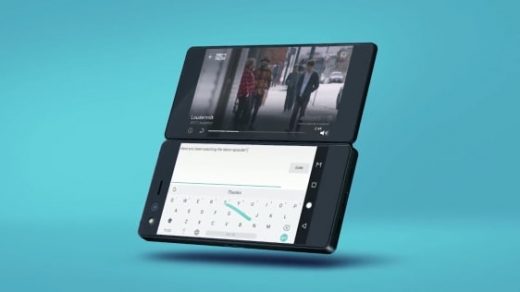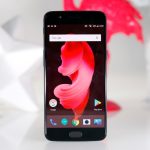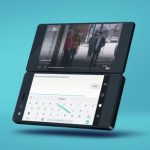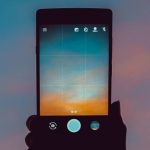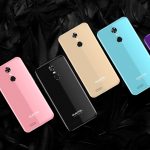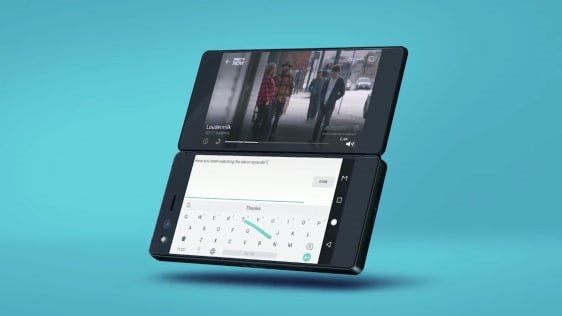Someday, Someone Will Build A Great Dual-Screen Phone—Maybe Even Apple
For the past couple of weeks, I’ve been using a smartphone with a superpower.
The ZTE Axon M, which sells exclusively on AT&T for $725, has two screens instead of one. It’s small enough to fit in your pocket, but folds open into what’s effectively a small tablet. While reviewing the Axon M, I’ve used the dual screens to reference documents while writing email, take notes while browsing the web, and track my fantasy football score while watching the games.
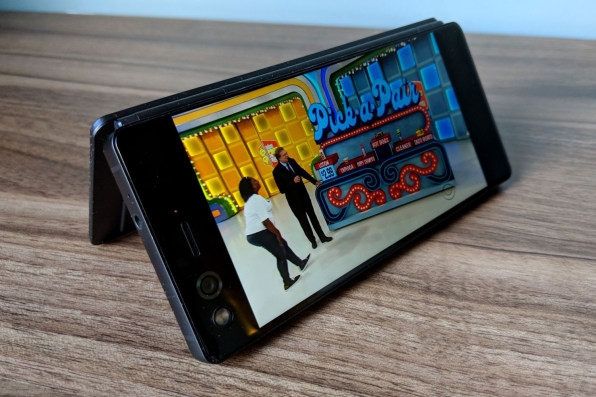
But despite those magic moments, the ZTE Axon M isn’t a great phone. The dual-screen design creates too many compromises, the software is unrefined, and even the single-screen mode is filled with minor annoyances.
I wouldn’t write off dual-screen phones as a concept, though. If anything, ZTE has highlighted all the ways that other phone makers–perhaps even Apple–could do a better job.
More Screens, More Problems
Here’s a list of trade-offs the ZTE Axon M made to include the second screen:
- The phone measures 0.48 inches thick when closed, which is more than 40% thicker an iPhone X, Google Pixel XL 2, or Samsung Galaxy S8. Chalk it up to the extra display components and a hefty 3,180 mAh battery.
- Along the phone’s right edge is a hinge that resembles what you’d find on a door. Folding it open or closed produces the kind of satisfying click that would make Microsoft’s Surface team proud, but it’s not pretty.
- When unfolded, the two screens need to form a continuous touch surface, which pretty much rules out stylish curved glass.
- Although the phone’s vertical bezels are fairly slim, they still create a thick black border that runs between the two screens when you try to use the Axon M like a tablet.
- ZTE only included one camera—on the primary front face—probably because it couldn’t fit another one inside the second screen’s slim housing. To take rear-facing photos, you must launch the Camera app, then flip the phone around.
- External case design becomes a much bigger challenge when a phone has two displays and a hinge. ZTE makes its own hard cover, but I can’t find any others except for protective pouches.
- When folded shut, the Axon M’s second screen becomes the rear panel, which precludes having a rear fingerprint reader like other Android phones. ZTE’s reader is embedded into the power button, which must be clicked to activate; this feels a bit slower than phones that use solid-state readers.
Some of those compromises are unavoidable. A dual-screen phone pretty much has to be thicker than a single-screen one, and will always require some kind of hinge. And without a major advancement in edge-to-edge display technology, there’s always going to be a visible dividing line between the two screens.
Still, the Axon M suffers from some self-inflicted wounds.
Flipping the camera around to take rear photos never stops feeling awkward, in part because ZTE completely shuts off the screen that’s not serving as the viewfinder. If you plan to take a rear photo, and then change your mind, there’s no way to go back without flipping the phone around, hitting the home button, then flipping the phone over again. (And while you might expect superior images when a company focuses on just one camera, the Axon M struggled with indoor photos, which often came out grainy and blurry.)
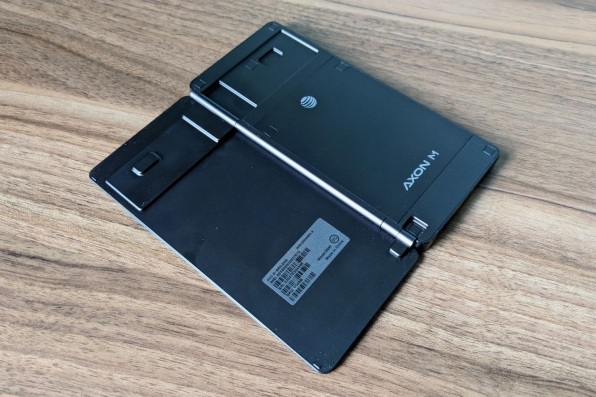
Other software missteps abound as you try to use the two screens. Activating the second display usually takes a couple of seconds, and by default ZTE won’t let you use Android apps that haven’t been optimized for the Axon M. (Thankfully you can override this setting without much consequence.) A three-finger swipe lets you swap apps between screens, but I had trouble executing this without tapping elements by accident. The Axon M’s home screen also doesn’t support landscape mode when the display is stretched.
Even in single-screen mode, the Axon M has some basic problems. Haptic feedback is noticeably laggy, and scrolling doesn’t feel as smooth or snappy as high-end phones from Samsung or Google. The phone is also loaded with AT&T bloatware, and there’s no easy way to start a voice search without unlocking the phone first.
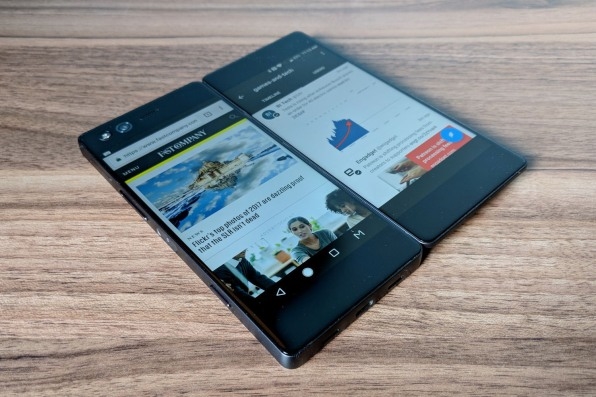
The Foldable Phone Future
ZTE isn’t the first company to attempt a dual-screen mobile device. Past attempts include the Kyocera Echo, Sony Tablet P, and an unreleased prototype called Imerj–all from 2011. But while those efforts came and went with no further iteration or competition, things could be different this time.
Consider the following advancements that have arrived recently or are on the horizon:
- Foldable display technology keeps improving, to the point that Lenovo has shown off a working prototype of a foldable phone, seemingly with no gap in between the two screens. Samsung is also rumored to be working on a foldable phone called the Galaxy X for next year.
- Last month, Razer launched the first phone with a variable refresh rate display, which draws less power when nothing is happening on the screen. This could allow for smaller batteries–and therefore slicker designs–in dual-screen phones. (Apple uses a similar technology in its iPad Pro.)
- With in-display fingerprint readers and camera-based authentication such as Apple’s FaceID, a fingerprint reader no longer needs to hog precious space outside of the display. The result for foldable phones could be even further miniaturization.
- Multitasking continues to play a bigger role on mobile operating systems. Android has supported side-by-side apps on smartphones since last year, and the latest Android 8.0 Oreo adds official support for devices with multiple displays. (The Axon M, strangely, ships with Android 7.1) Apple’s iPad also allows for side-by-side apps, and now supports system-wide drag-and-drop, which would be perfect for a dual-screen phone.
None of these advancements would eliminate the compromises of a dual-screen phone, but they would at least minimize the downsides found on the Axon M. It’s not hard to imagine a company like Apple, with its knack for miniaturization and software integration, doing a better job. Someone at Apple is at least thinking about the idea; the company secured a foldable phone patent last month.
ZTE has at least proven that dual-screen phones are worth pursuing. Hopefully someone will get it right before long, because it’d be a shame if this superpower went to waste.
Fast Company , Read Full Story
(52)

